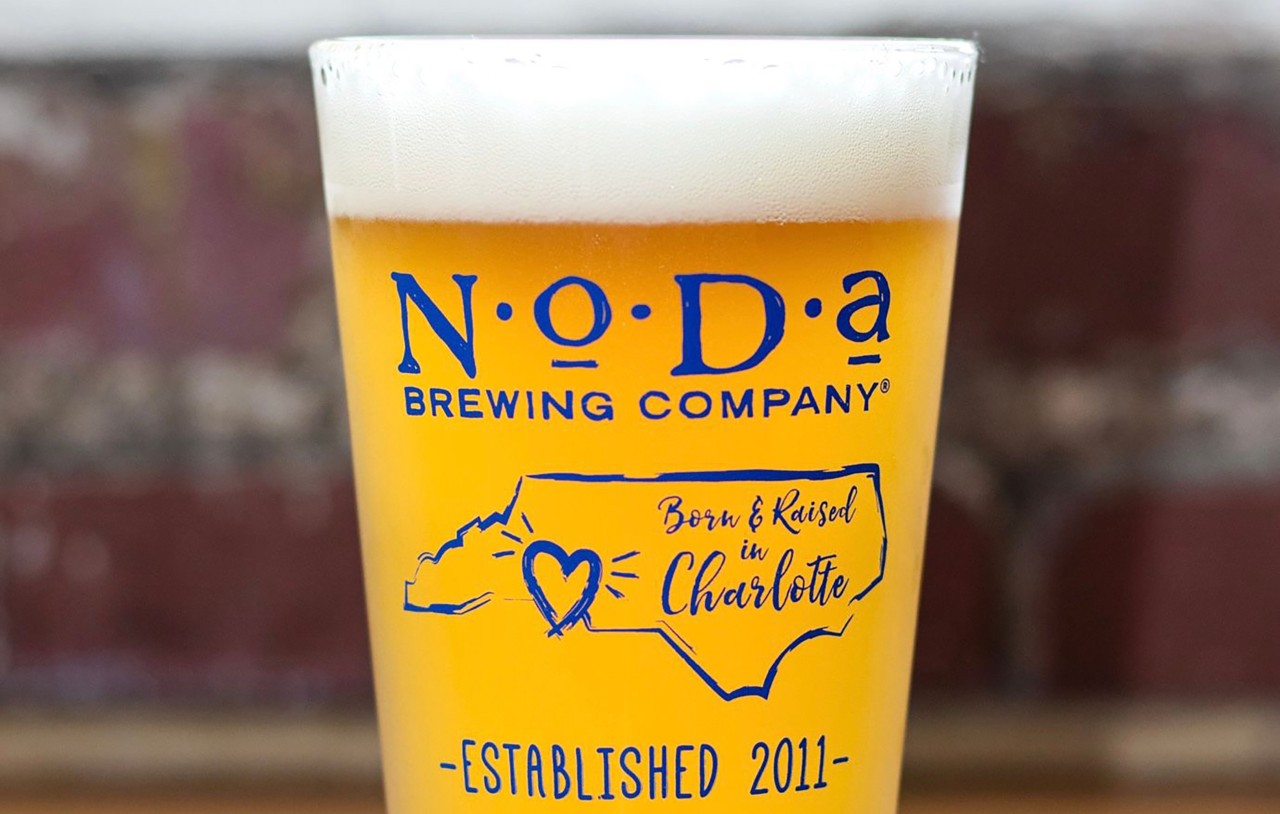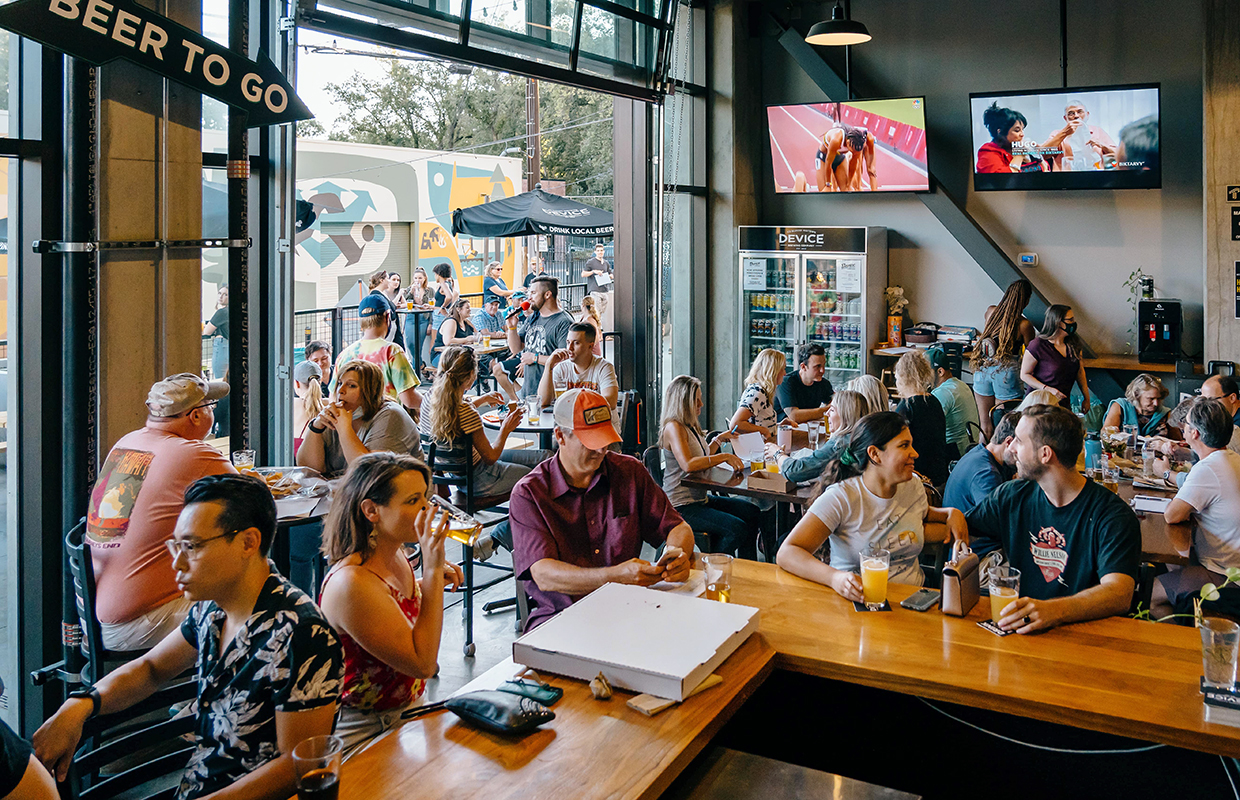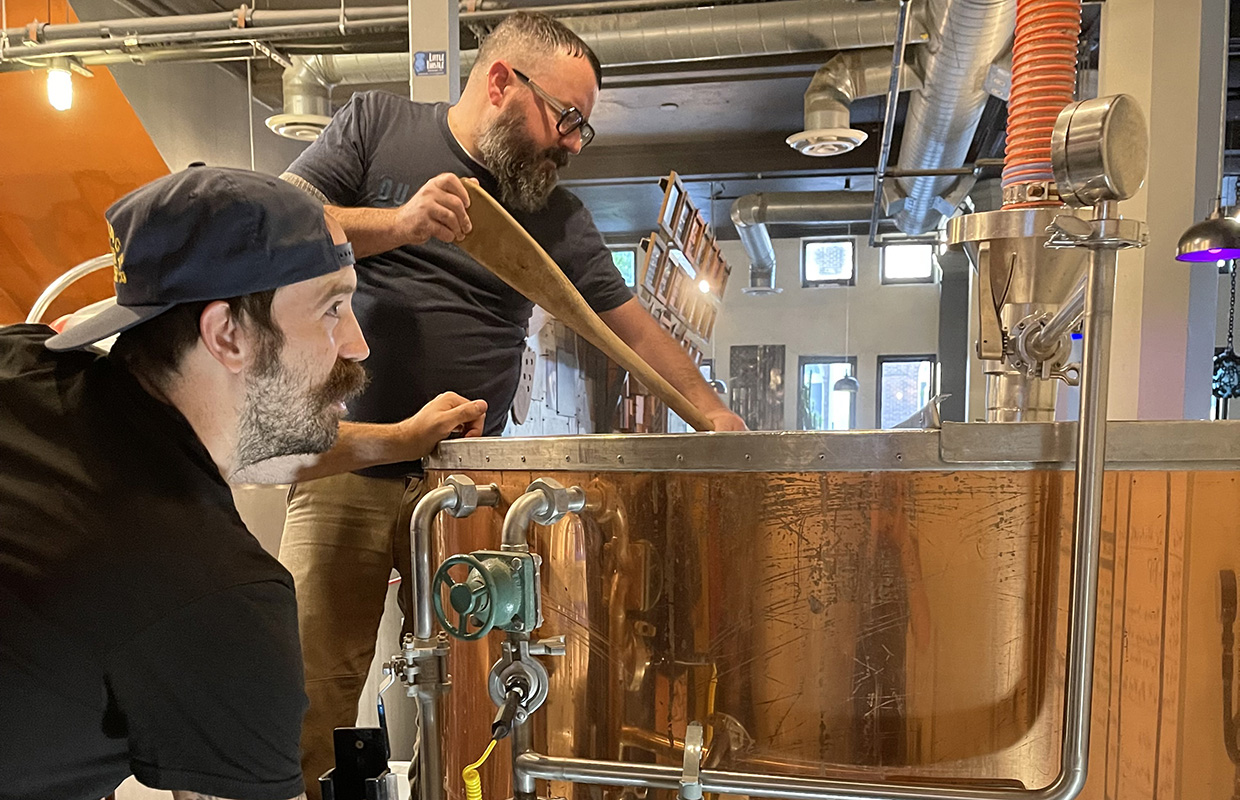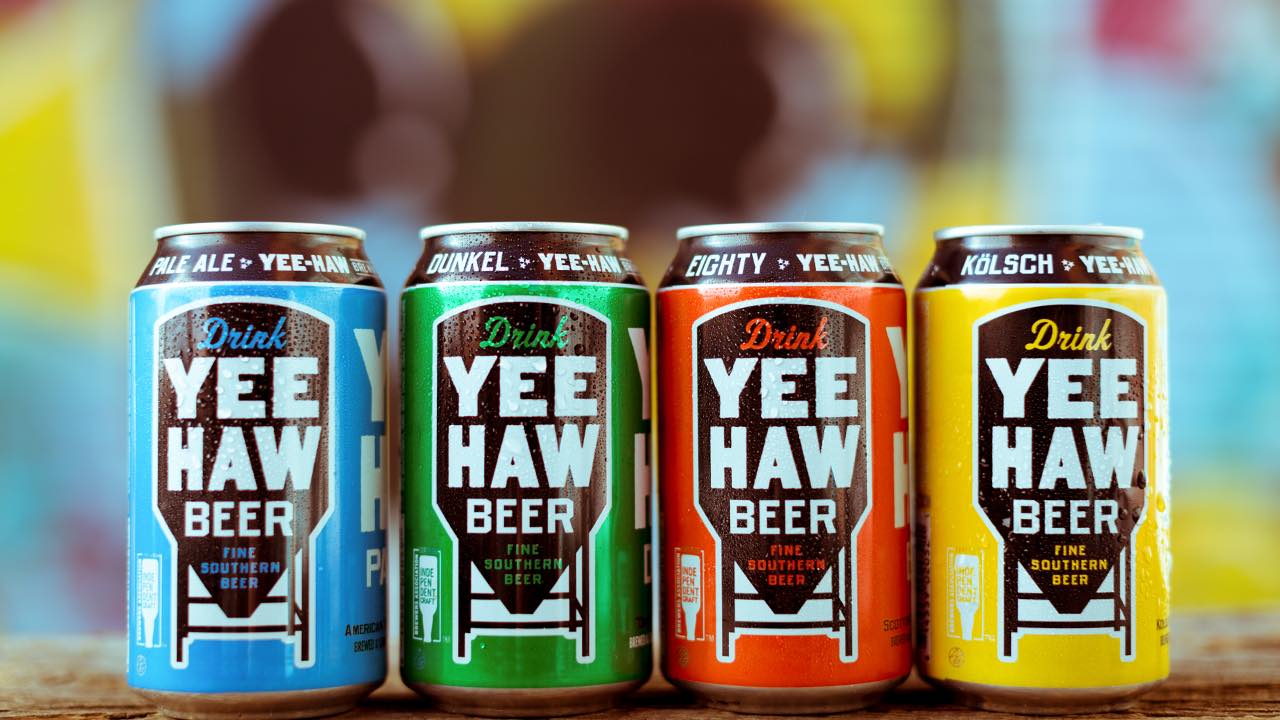
Beer aficionados who visit taprooms and favor hop-forward styles often find themselves face to face with a number of menu options with higher ABVs, with the styles that suit their palates often ranging between 6-8% ABV.
But some brewers have shifted focus in the direction of delivering that flavor in session beers that allow people to spend more time socializing in the taproom. Among those is NoDa Brewing Company co-owner and head brewer Chad Henderson, who has created the brewery’s Table Top Series to serve that purpose.
“The genesis of the Table Top Series is actually very personal in that my wife suggested it when we were doing a brief weekend vacation for our ‘babymoon,’” Henderson said. “She was about 6 1/2 months pregnant and she basically remarked that she wished we had more lower ABV beers so when our son was born we would have more options to enjoy for longer time frames.
“When she said that, it dawned on me that I really loved a lot of styles that would consider ‘lower’ ABV by their historical traditions and started planning the series out.”
The American Table IPA is the third beer in NoDa’s low ABV series, following a 2.3% ABV Belgian Peach Beer called Table and Willing and a Session Czech Pilsner called Pivocative.
“As far as measures taken to get full flavor out of lower abv styles, I approach each one of the beers from a historic standpoint first and then try to elaborate, if needed, to fully express the character of the beer by diversifying the malt and/or hop bill to create complexity and not thin the beer out,” Henderson said. “That’s the most satisfying part of it from a brewer’s perspective, making more complicated recipe decisions in order to make a balanced beer for the end result.”
Henderson argued that while higher gravity beers have been popular in the craft beer world, low ABV beers are not really that novel.
“Many historic beer styles are traditionally lower ABV to begin with, so as much as these beers stand as a lower ABV offering they also stand as a historic reference as well,” Henderson said. “The ATIPA doesn’t fit into a historic category, but all the other ones in our series are based on historical beers.”
An interesting feature of the 3.6% ABV is its 25 IBU figure — an incredibly low number of bitterness units for a hoppy ale. You can achieve a hoppy but pleasant result with lower ABV beers by keeping the IBUs low, he said.
“The lower ABV IPAs I’ve made before have little chance to challenge or balance out the IBUs from heavy hop loads when you have a mere 4% or lower ABV,” Henderson noted. “Despite the IBUs being low, the thinner body of the 3.6% IPA still has a sharp finish that accentuates the IBUs. So, even though the IBUs are low, it is still noticeable, and if I increased it to a range that is more in line with standard IPAs it would be extremely unbalanced.”




Be the first to comment